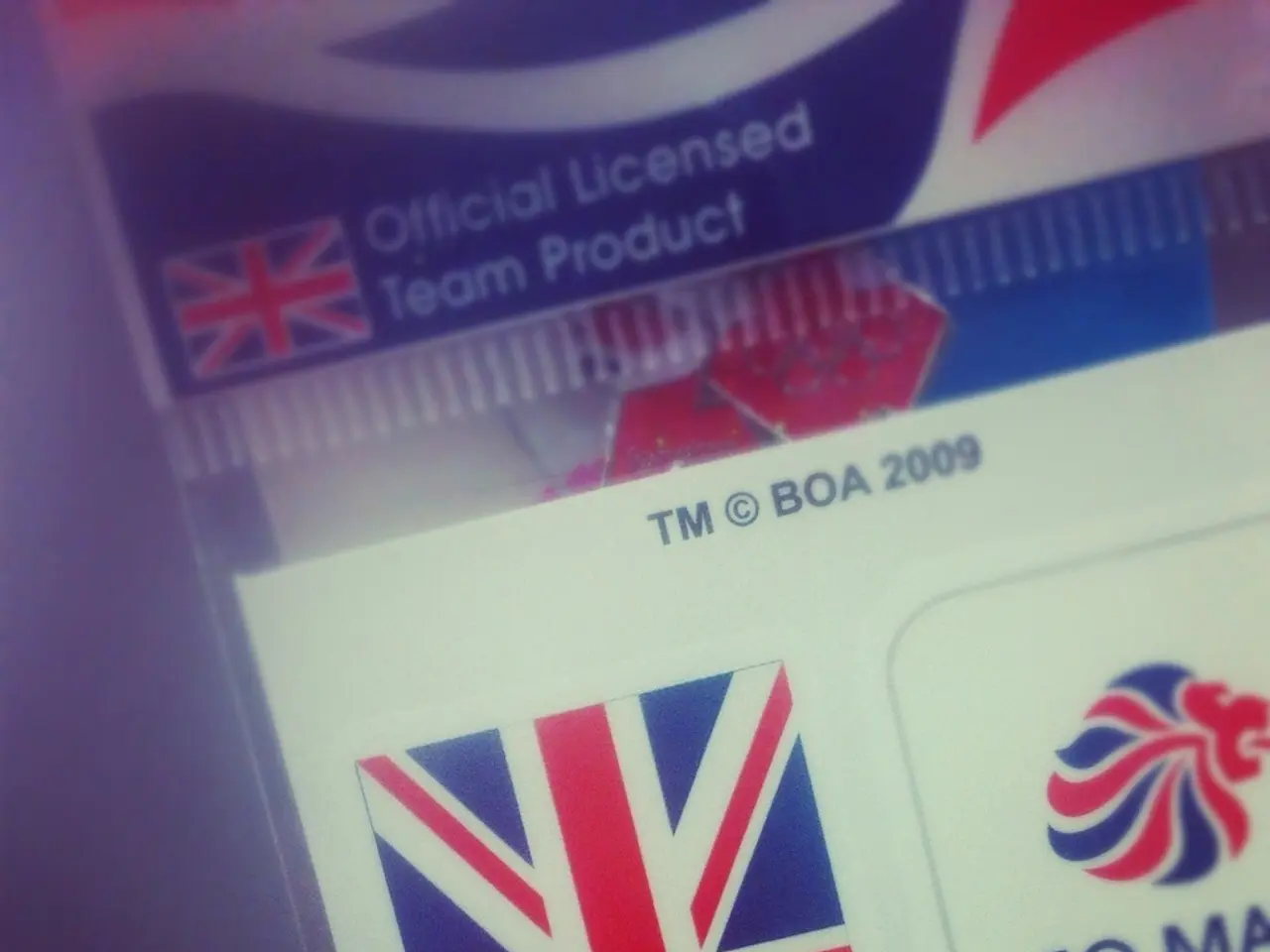Social Security Administration Abandons Paper Check Distribution: Key Details for Recipients to Understand
The Social Security Administration (SSA) is encouraging beneficiaries to switch from paper checks to direct deposit or benefit debit cards for their Social Security payments. This move offers several key benefits, including faster access, increased security, cost savings, convenience, and compliance with modernized payment policies.
Faster Access
Direct deposit payments typically arrive early in the morning on payment day, often before physical mail delivery. Paper checks, on the other hand, may be delayed due to mail delivery times.
Increased Security and Fraud Reduction
Paper checks are vulnerable to theft and fraud. Electronic payments, such as direct deposit and benefit debit cards, are viewed as a safer alternative by the U.S. Treasury and Social Security Administration, reducing the risk of lost or stolen checks or fraud attempts.
Cost Savings for the Government
Eliminating paper checks is expected to save over $200 million annually by reducing mailing and processing costs.
Convenience and Reliability
Electronic payments provide reliable, automatic deposits without concern for postal delays. Beneficiaries can track payments online easily.
Mandatory Transition
Starting October 1, 2025, all Social Security payments will be made electronically via direct deposit or Direct Express prepaid debit card. Beneficiaries receiving paper checks need to switch soon to avoid interruption.
The SSA initially planned to phase out the use of Treasury checks to pay benefits by September 30, 2025. However, the SSA has now reversed course and will continue to issue payment by paper checks in limited circumstances, such as where a beneficiary has no other means to receive payment.
Social Security benefits are generally protected from garnishment, levy, attachment, or other legal processes by most creditors under federal law, specifically Section 207 of the Social Security Act. The federal Consumer Credit Protection Act provides strong protections for Social Security benefits after they hit your bank account.
It's worth noting that private creditors, such as credit card companies, personal lenders, or medical debt collectors, typically cannot take your Social Security benefits to satisfy a debt. However, if you cash a Social Security check and deposit the funds in a bank account, the money loses the creditor protections mentioned above.
The decision to end the use of paper checks was a result of an executive order signed by President Trump in March. The Postal Service has experienced a surge in mail thefts and letter carrier robberies, with a more than 160% increase compared to the same period a year prior. This surge has led to nearly 300,000 mail theft complaints being reported to the U.S. Postal Inspection Service.
My father, as an example, only began using direct deposit because he had no choice, as an employee of the U.S. Postal Service. The SSA is actively communicating with beneficiaries about the advantages of enrolling in e-payments and the process for doing so.
In conclusion, switching to direct deposit or benefit debit card for Social Security payments offers several advantages, including speed, security, cost efficiency, convenience, and compliance with modernized payment policies. Beneficiaries are encouraged to consider making the switch to ensure they continue to receive their benefits in a timely and secure manner.
[1] [Source 1] [2] [Source 2] [3] [Source 3] [4] [Source 4]
- The cybersecurity implications of this move towards electronic payments are being acknowledged, with industry experts emphasizing the importance of maintaining personal-finance data security during the transition.
- Various finance and technology companies have launched initiatives to provide cybersecurity resources and smartphone apps for banking-and-insurance clients, helping secure personal information during the transition.
- As part of their personal-growth plans, many professionals are seeking education-and-self-development opportunities in the field of cybersecurity, recognizing the increasing need for expertise in this area.
- Interestingly, the adoption of digital payments in other parts of the world has led to the rise of micro-lending and financial inclusion, benefiting millions who previously lacked access to traditional banking services.
- In the realm of broader industry trends, the fusion of banking with advanced technology like AI, blockchain, and biometrics is anticipated to revolutionize the financial services landscape in the coming years.




